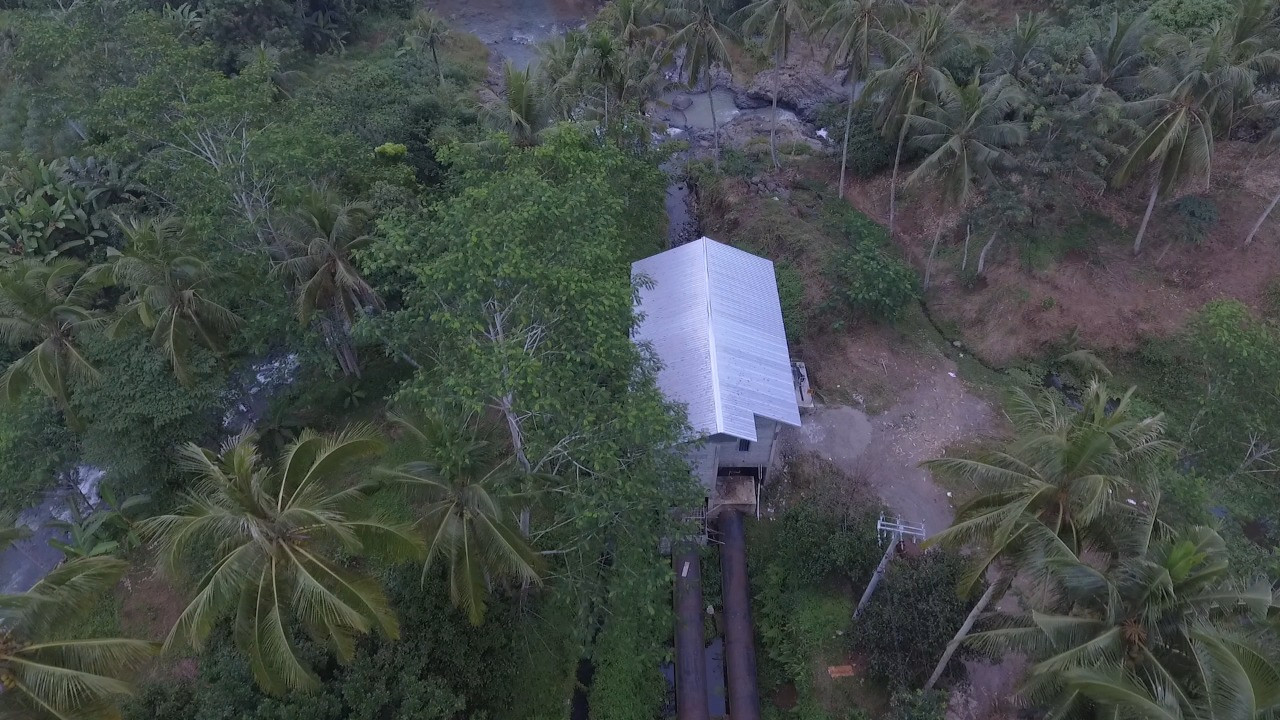Popular Reads
Top Results
Can't find what you're looking for?
View all search resultsPopular Reads
Top Results
Can't find what you're looking for?
View all search results‘It sends a negative message’: Hydropower players lament PLN power cap in Sumatra
They received a letter from PLN on Feb. 4, ordering them to lower their production to the minimum levels set in their respective Power Purchase Agreements (PPA) with PLN.
Change text size
Gift Premium Articles
to Anyone
H
ydropower plants developers have expressed their concerns over the decision of state-owned PLN, their plants’ offtaker, to place a cap on power production amid weak electricity demand in Sumatra, saying it might deter investments.
They had received a letter from PLN, the nation’s sole power distributor, on Feb. 4, ordering them to lower their production to the minimum levels set in their respective Power Purchase Agreements (PPA) with PLN.
With the limit in place, the plants can produce no more than 260,391 megawatt hours (MWh) of electricity each year, 13 percent lower than actual production levels last year, according to documents obtained by The Jakarta Post.
Cash-strapped PLN, which booked Rp 38.9 trillion (US$2.73 billion) in net losses in this year’s first quarter, threatened to cut off plants that exceed their limit, according to the letter.
“The reduction is not significant, but it sends a negative message to investors,” Riza Husni, chairperson of the Hydropower Plant Developers Association (APPLTA), told The Jakarta Post on June 22.
Riza added that the developers had started restructuring their bank loans following the cap, which had taken a toll on their income. The association was also concerned that the limit will deter future investment for mini-hydropower projects, which are below 10MW in capacity.
The case with the six developers represents on-the-field problems faced by many private companies trying to bring green technology into Indonesia, which is already struggling to fulfill its renewable energy ambitions.
Indonesia missed its renewables energy investment target for 2019 by 17 percent, reaching only $1.5 billion that year, the steepest shortfall in the energy sector, Energy and Mineral Resources Ministry data shows.
For APPLTA, the production cap was a slap in the face as the ministry had just released a highly anticipated regulatory change through Ministerial Regulation No. 4/2020.
Read also: Government issues regulation to jumpstart stalled renewable energy projects
The regulation removes the compulsory Build-Own-Operate-Transfer (BOOT) scheme long seen as a disincentive for renewable energy investment in Indonesia
“Now, the ministry has issued a regulation that we want, but PLN does not want it,” Riza said.
PLN North Sumatra general manager Irwansyah said the cap, which he described as “a return to the contracts”, safeguarded PLN’s cash flow against the backdrop of a 3 percent drop in provincial electricity consumption to 5 percent this year.
“We are decreasing our spending so that our burden does not become greater,” he told the Post.
PLN, he continued, has agreed with two of the six developers to continue buying excess power but at half-price. Negotiations are ongoing with the remaining four.
Lower electricity consumption means lower sales for PLN, yet the electricity company is obligated to buy a minimum amount of electricity from other independent power producers (IPP) in the province, as per PLN’s take-or-pay (TOP) policy.
Introduced by government order, the policy incentivized power plant development in Indonesia but backfired amid a nationwide power oversupply.
“Legally, PLN only needs to comply with the minimum production written in the contracts,” said energy analyst Elrika Hamdi of the Institute for Energy Economics and Financial Analysis (IEEFA).
IEEFA estimated in a recent report that payments to IPPs will become PLN’s largest operating expense by 2021, exceeding the company’s own spending on fossil fuels.
Elrika also pointed out that according to the 2009 Electrification Law, PLN was obligated to prioritize buying electricity from renewable energy plants over fossil fuel-fired plants.
“But in a situation with low demand and an oversupply, it makes sense if PLN prioritizes contract-bound obligations first,” she noted.










